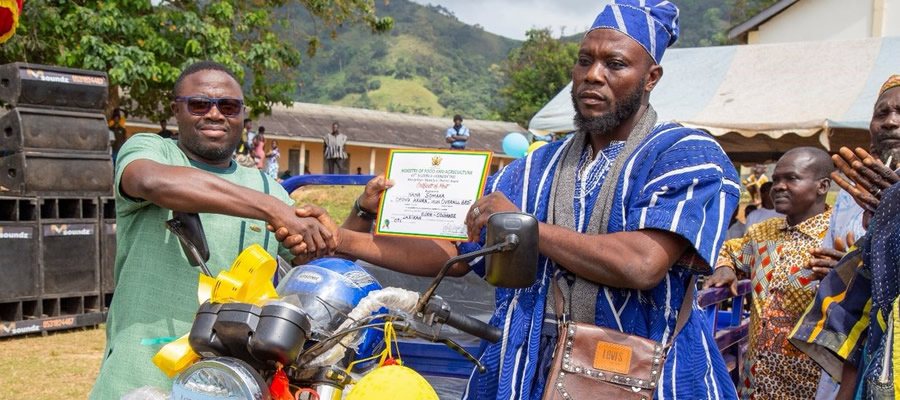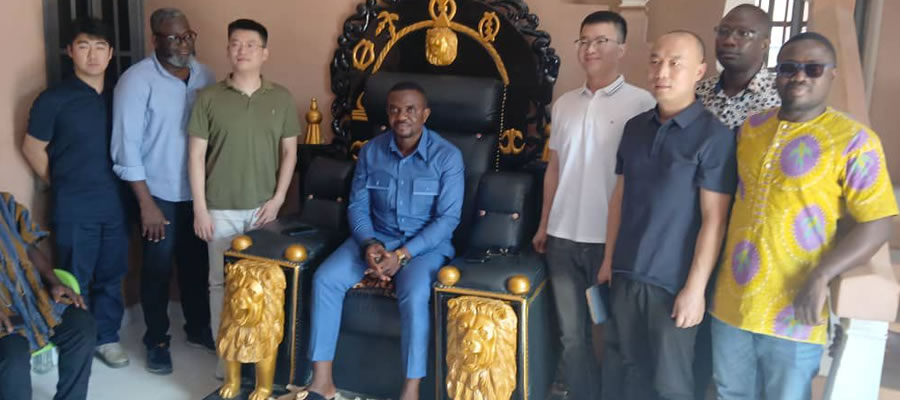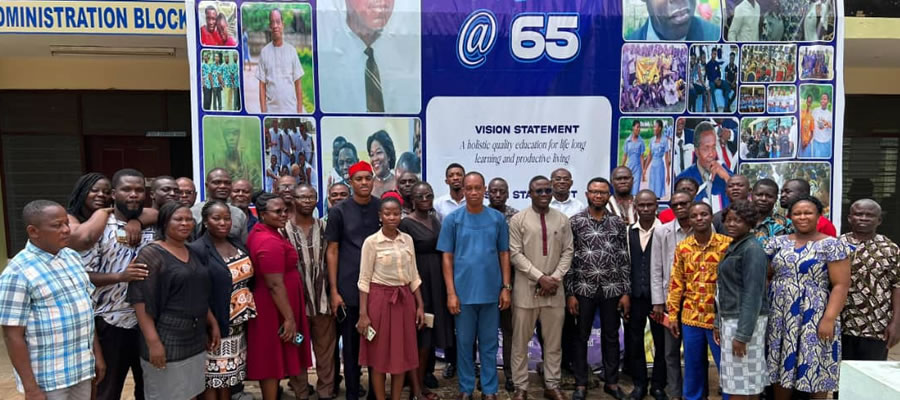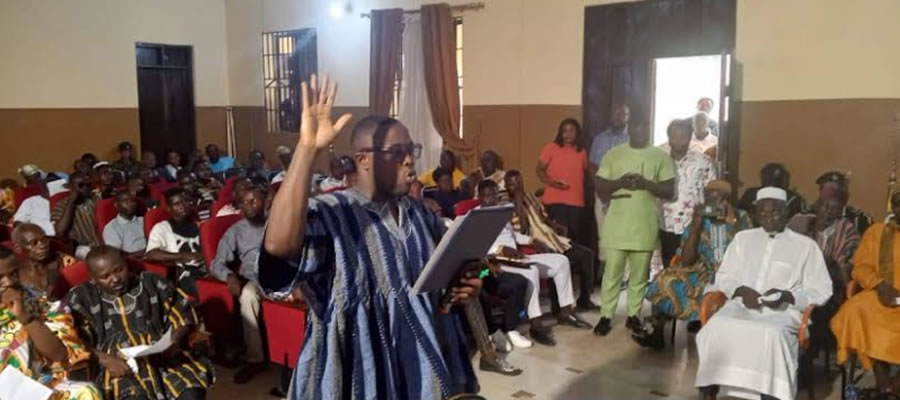

Trade and Finance
The major markets in the District are located at Kute and New Ayoma. These markets are organized on specific days. Items for trade include cassava, plantain, yam, cocoyam, fresh tropical vegetables, fish, and fish products, fruits, spices and livestock. The absence of a vibrant market especially in the District Capital, Jasikan is having a negative effect on the economic development of the District.
The Ghana Commercial Bank operates at Jasikan. The North Volta Rural Bank with its headquarters at Guaman has agencies at Jasikan and Ayoma. First National Loans and Savings has a branch in Jasikan town and is in full operation as well as the Teachers Credit union. The population has access to banking services, which provide opportunity for the mobilization of rural savings and extension of credit to farmers and small-scale entrepreneurs, thereby serving as catalysts to energize the economy.
REVENUE AND EXPENDITURE PATTERNS
Revenue Performance 2010 – 2013
The performance of the Assembly in the area of Internal Revenue Generation (IGF) is shown in the matrix (table 1) below:
The category of incomes constituting the Internally Generated Fund (IGF) is derived from Rates, lands, fees & fines, licenses, rents, investments, royalties and other few sources classified as miscellaneous.
In fact, the Assembly is by law mandated to put in place effective and efficient arrangements to fix fees yearly and make projections to cover all potential fee payers and collect these fees. Each year the Assembly indicates a budget figure which it intends to collect on the assumptions that the revenue collection machinery works effectively and that all potential payers pay the fees due them.
The matrix indicates the year, the budget figure, the actual collections and the percentage growth in revenue.
From the table above, IGF collection experienced an upward growth of 53.30% between 2010 and 2011,and a further 40.15% growth in 2012. The IGF experienced a sharp decline of (-49.67% growth) in 2013.
Receipts/Inflows (2010-2013)
The District Assembly, between 2010 – 2013 received funding from the following sources:
1. Internally Generated Funds (IGF)
2. District Assemblies Common Fund (DACF)
3. HIPC
4. District Development Facility (DDF)
5. Donor/Grants
The matrix below indicates the quantum of funding available during the period
During the period under review the District Assembly received a total of 10,094,601.04 from its own sources, government, donors and partners. From the analysis of the matrixes there is a clear indication that the Assembly’s own IGF constitutes only 5.26% of the total inflow due the Assembly. This means therefore that the Assembly heavily depended on donors, government and the District Assemblies Common Fund and the District Development Facility Funds for its development programmes, projects and payment of salary.
Summary Of Expenditures (2010 – 2013)
1. INTERNALLY GENERATED FUNDS (IGF): Revenues under these sources were utilized as recurrent expenditure, i.e. to run the Assembly and its bureaucracy. The main line of expenditure are, running cost of official vehicles, stationery, protocols, upkeep of residency, refreshments, sitting allowances, transport claims etc.
2. HIPC Funds:
3. DISTRICT DEVELOPMENT FUNDS (DDF) : These funds were used according to the guidelines that regulates it, i.e. the chunk of the funds allocation within the period under review were used in the construction of Jasikan Lorry Park, construction of waiting sheds and toll booths, reshaping of feeder toads, construction of CHPs compound, installation and rehabilitation of streetlights, rehabilitation of markets, construction of school blocks, construction of market fence wall, rehabilitation of open market sheds, lockable stores and other developmental projects in the District.
4. DISTRICT ASSEMBLY COMMON FUND: Funding from the DACF constituted 21.52 % of inflows to the District Assembly during the period under review.
The Common Fund specifically was supposed to be utilized for development projects and programmes, and as such the Ministry of Local Government Rural and Development requested for the preparation of supplementary budgets to indicate clearly the projects and programmes to be funded each year before the releases were made.
The DACF guidelines indicated five broad areas for the expenditures under the fund, these:
• Economic
• Social
• Administration
• Environment; and
• Contingency
Other Donors (Grant): During the period under review the following donors were very significant:
• The Ghana Aids Commission (GAC/MSHAP)
• Local Service Delivery and Governance Project (LSDGP)
• Community Water and Sanitation Agency (CWSA)
Date Created : 11/21/2017 2:26:24 AM












 facebook
facebook
 twitter
twitter
 Youtube
Youtube
 +233 593 831 280
+233 593 831 280 0800 430 430
0800 430 430 GPS: GE-231-4383
GPS: GE-231-4383 info@ghanadistricts.com
info@ghanadistricts.com Box GP1044, Accra, Ghana
Box GP1044, Accra, Ghana